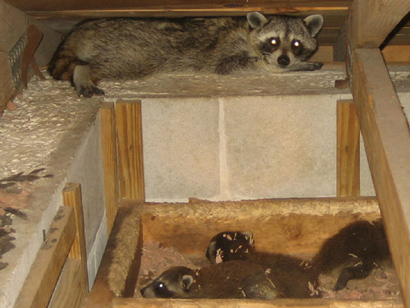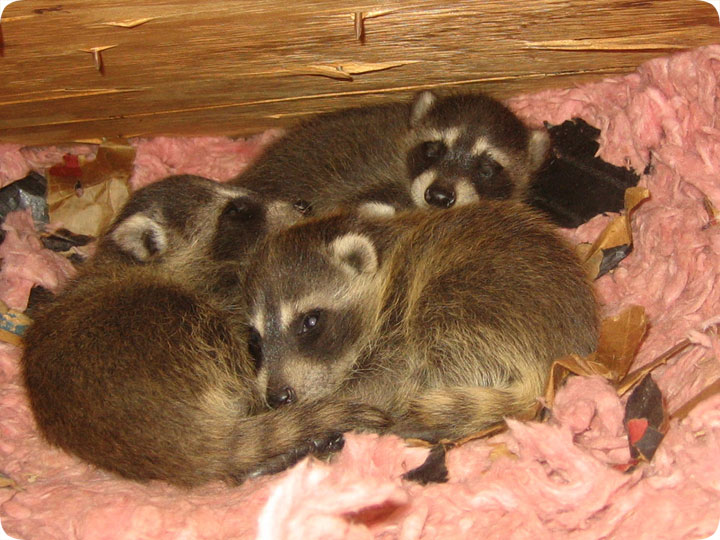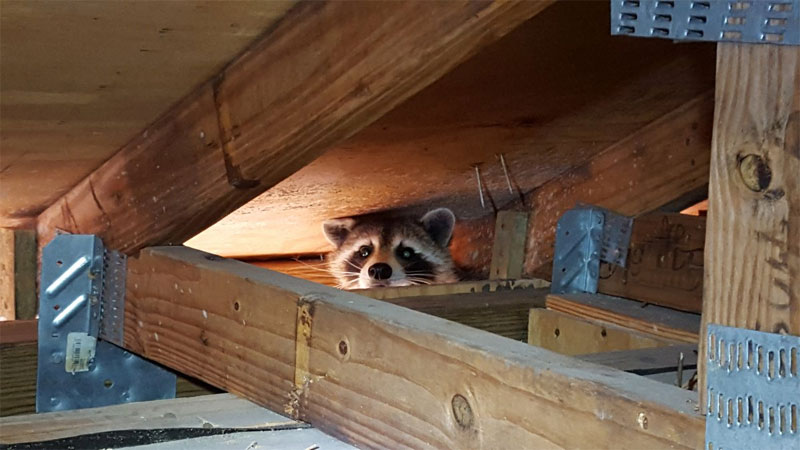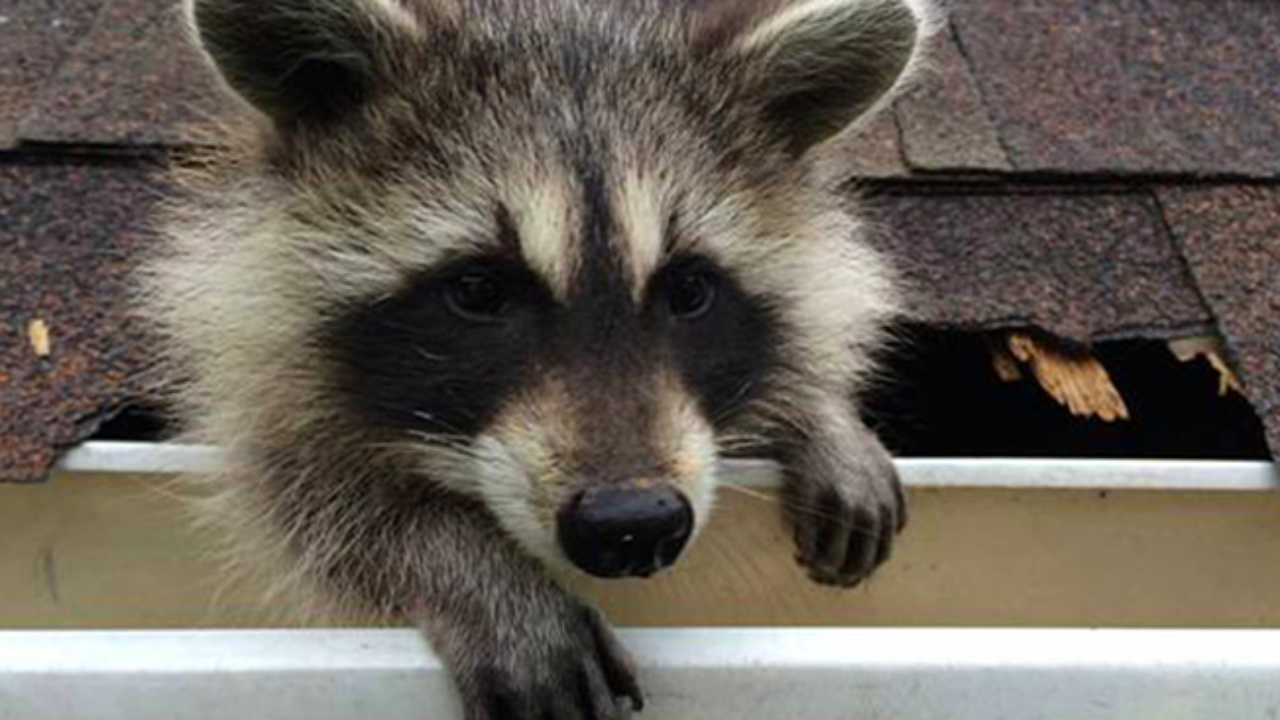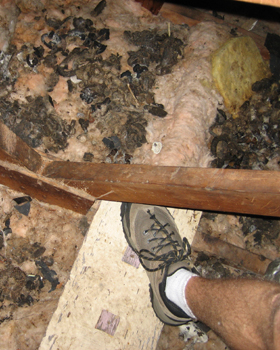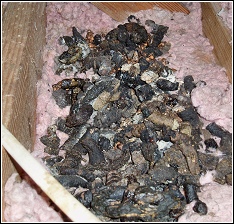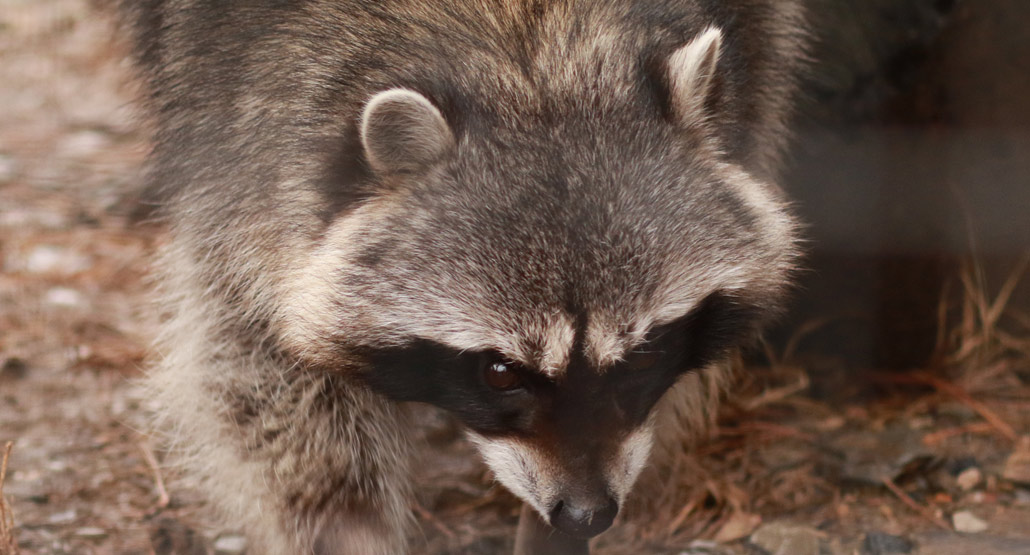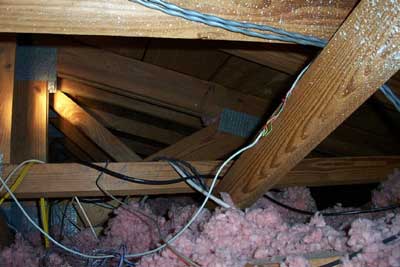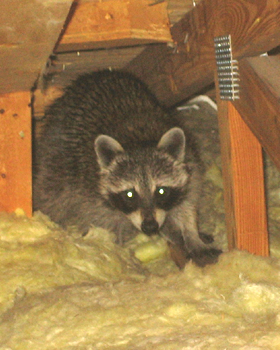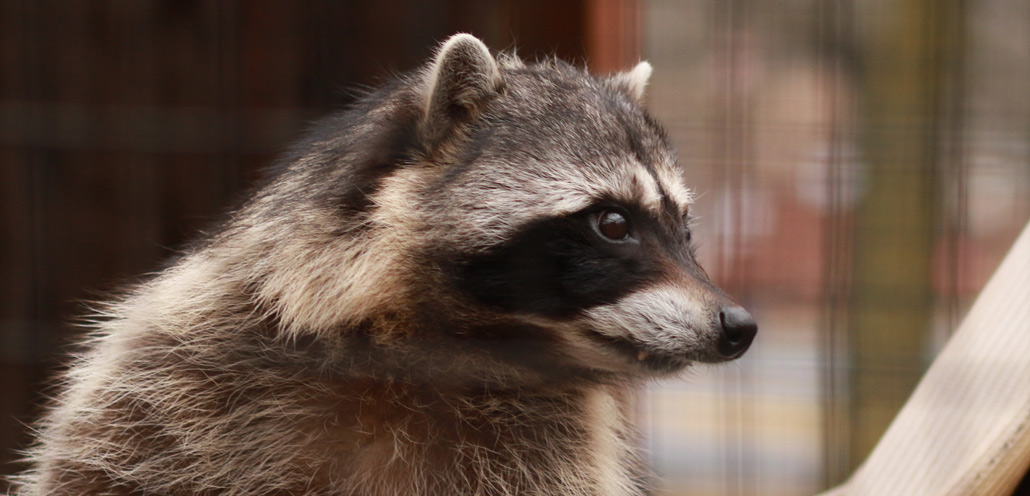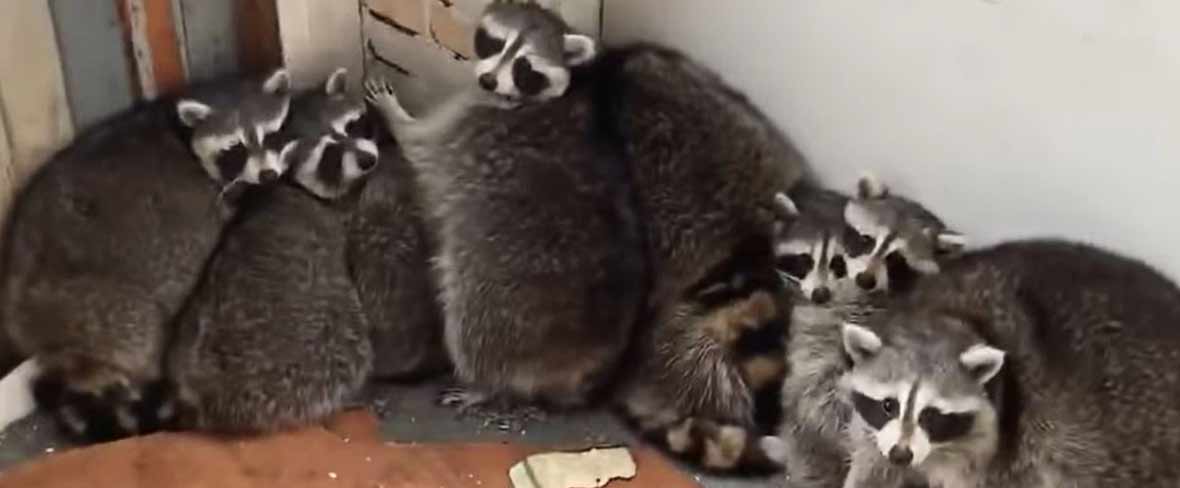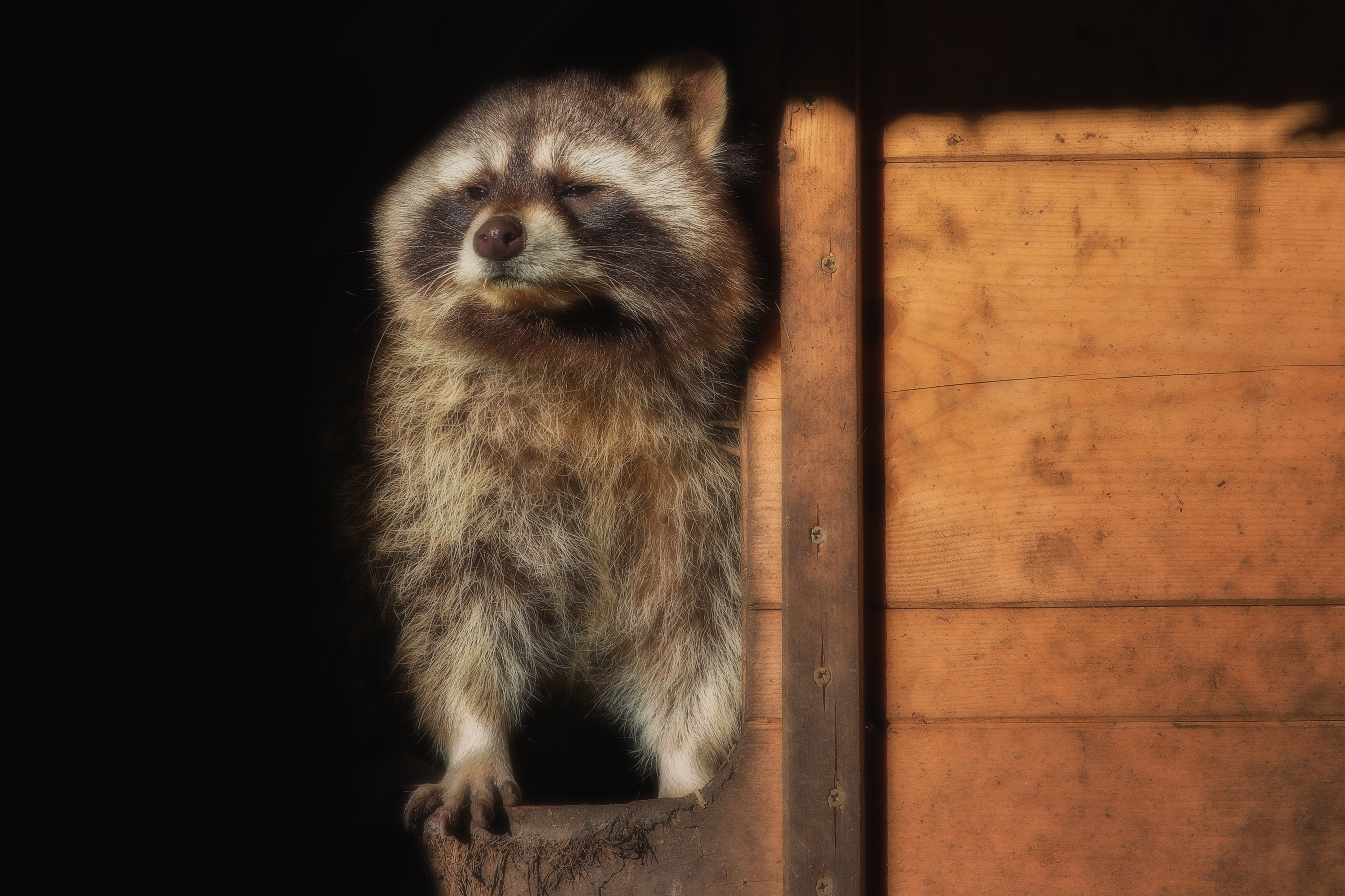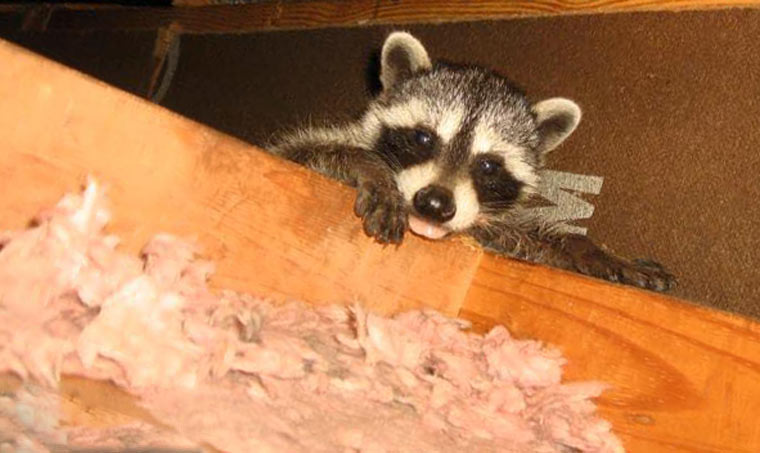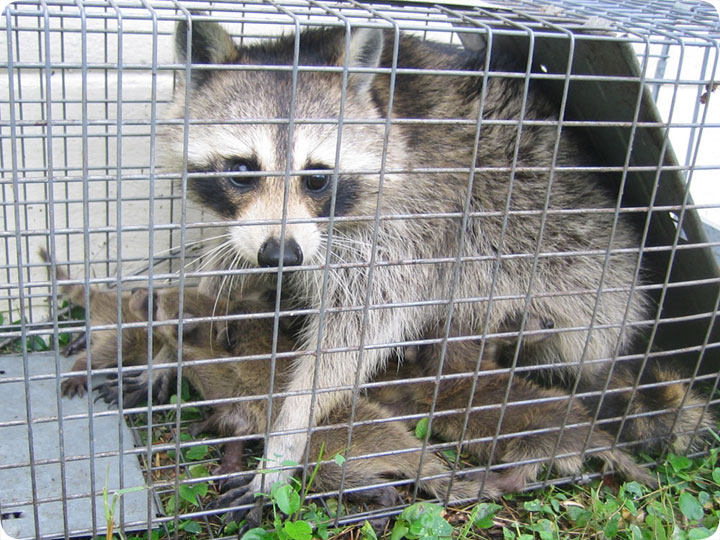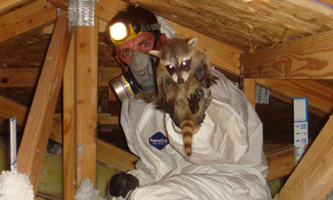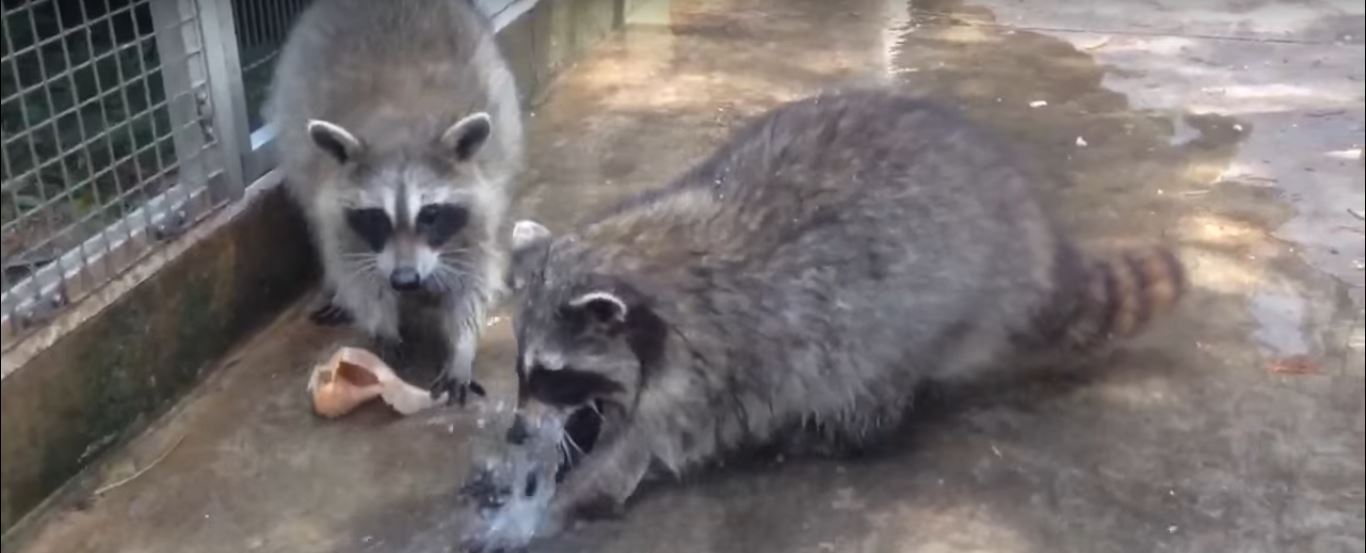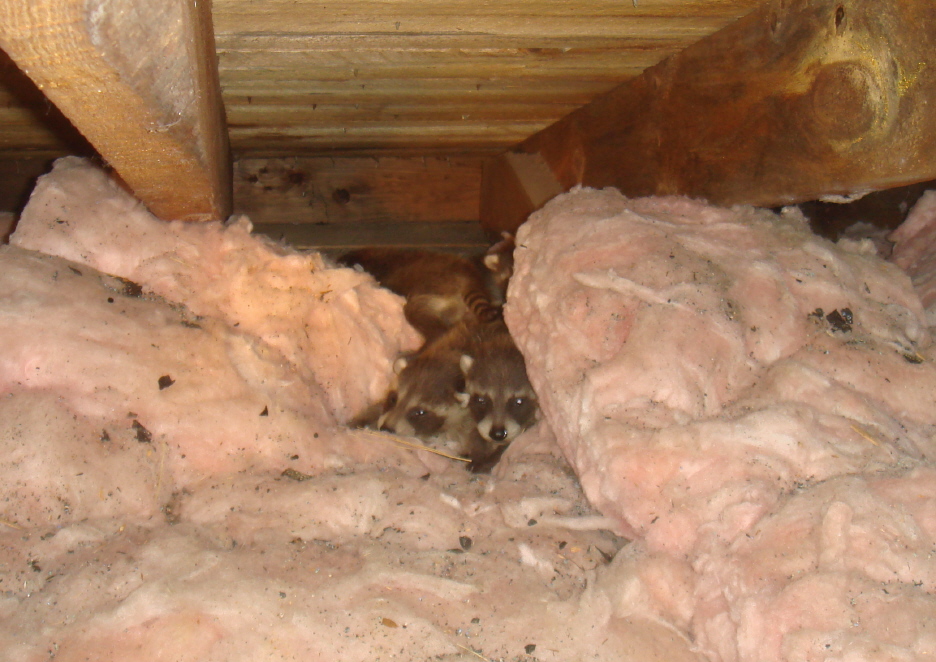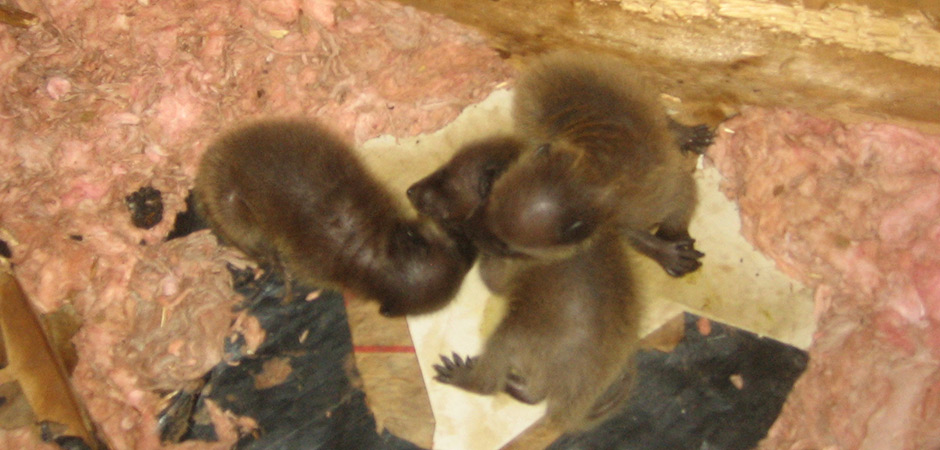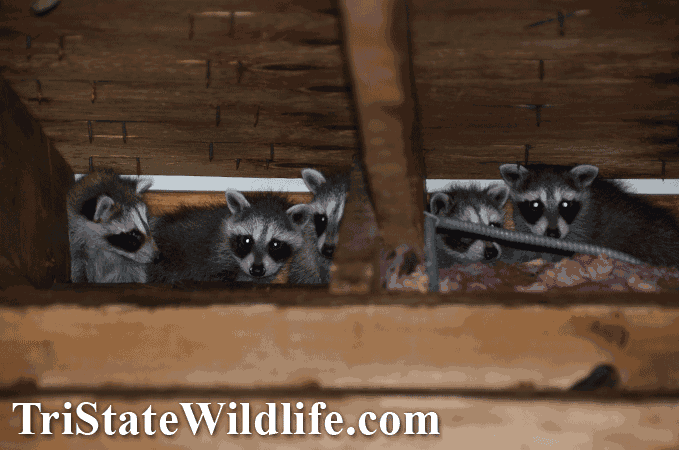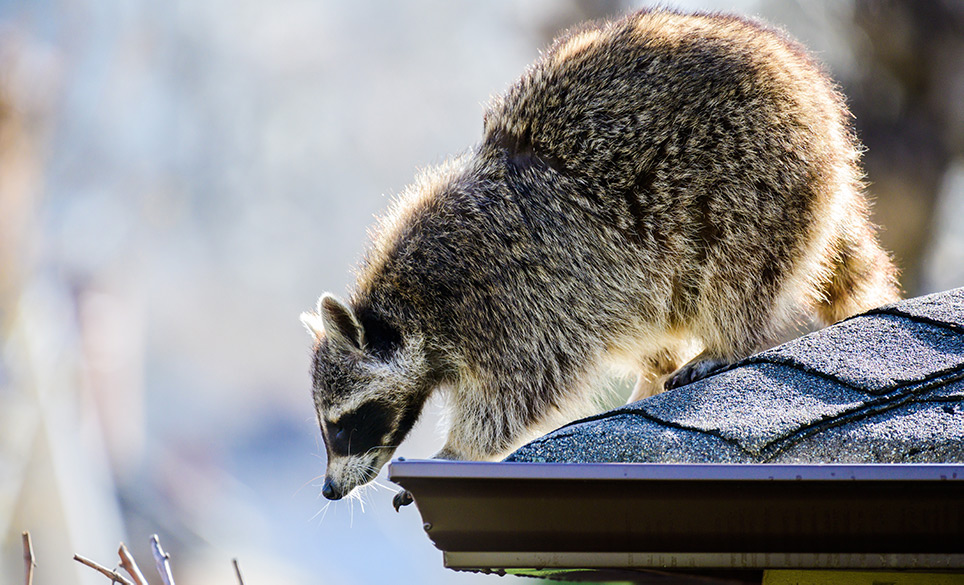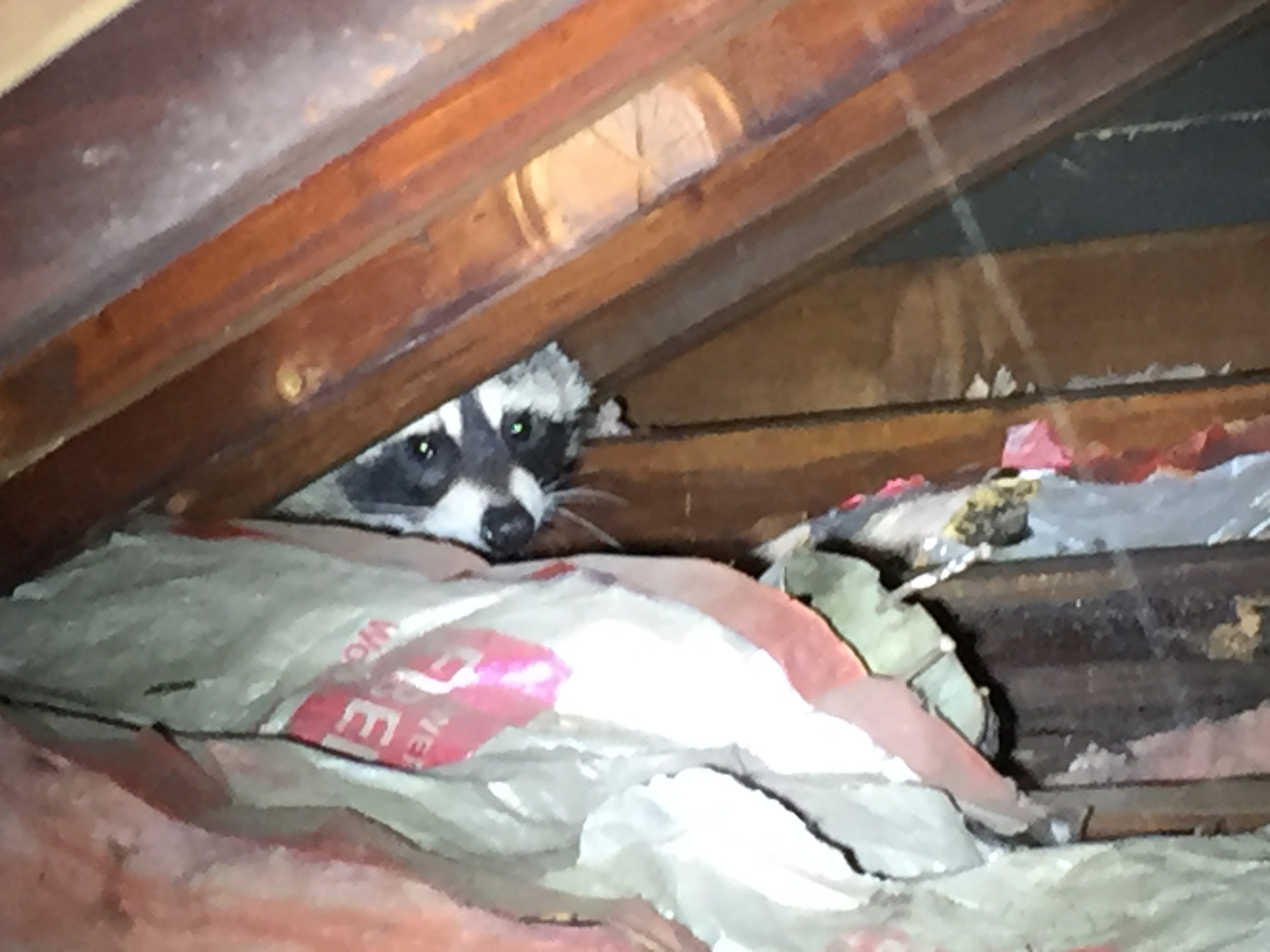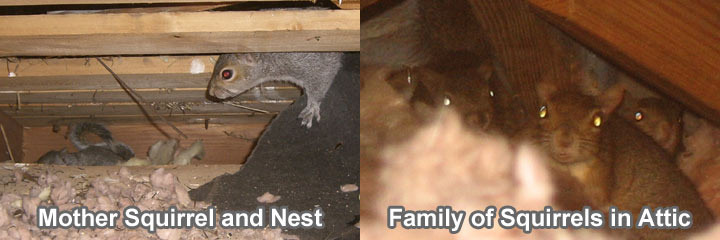Raccoon Nest In Attic
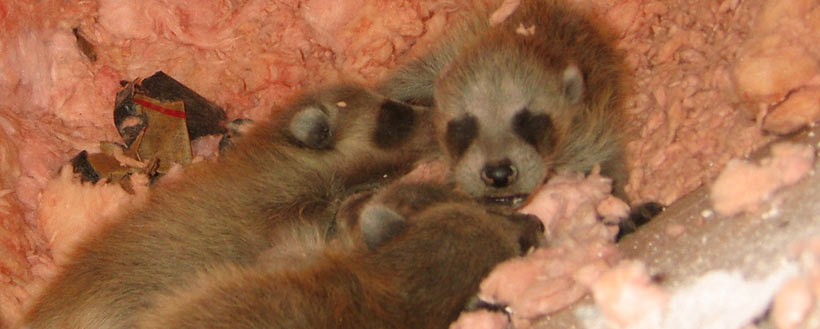
This almost always involves an adult female and a litter of baby raccoons.
Raccoon nest in attic. You will need to find the entry point the point at which she managed to break in. In fact if it is scared and determined a raccoon can cause structural damage to your attic in a matter of hours. The nest of baby raccoons must be found removed and the mother trapped. You will need to find them all.
The mother raccoon is living in the attic. How do you spot a raccoon on your property. There may be more than one entry point. To identify a raccoon on your property you should first know what they look like and how they behave.
Finding nests tracks and droppings are usually tell tale signs of raccoons on your property. Raccoons in the attic. The following tips can help you identify and deal with raccoons. You can t set traps for such little animals they will just stay in the nest nursing from the mother raccoon until they are at least 3 months old at which point they might start to exit the nest to start foraging.
This is particularly true if you happen to notice the raccoons during the nesting season. This is a very complex case. 5 signs of baby raccoons in the attic raccoon in the attic. While excellent diggers raccoons prefer to make use of abandoned spaces to set up home.
Sometimes raccoons can reposition themselves down into walls from the attic which can then lead to other animal control problems. The signs when you have a nest of raccoons in the attic it means that a mother has broken in and set up a little home there. If you have a nest of baby raccoons in your house such as in the attic or ceiling they must usually be removed by hand. Even if the animal feels safe in its nest it will do damage to your home.
The only way to trap a raccoon is to bait a trap and put it near to the raccoon s nest. Raccoon mothers commonly move their babies between den sites during the nesting season so she may leave on her own. Here are the general steps for removing raccoons from an attic. The best bait.
If you wait until the babies are grown and or have left then you can close off the access point to prevent other raccoons from using the attic as a den in the future. Where do raccoons nest. Elevation is a safety preference so you re more likely to find them in trees or behind walls than in a burrow when the option is there. Even if the animal feels safe in its nest it will do damage to your home.
The most common way to identify if raccoons have entered your attic or other areas of your home or business is by noise. Generally damage caused by raccoons in the attic includes building nests and gnawing on wires. But first you need to know how to trap that smart wild animal. This includes burrows built by other critters hollow trees attics and similar places.
Selling a raccoon to a captive organization would be amazing and expensive therefore if you have a raccoon in your attic consider the chance of getting 2 000 for selling it.
